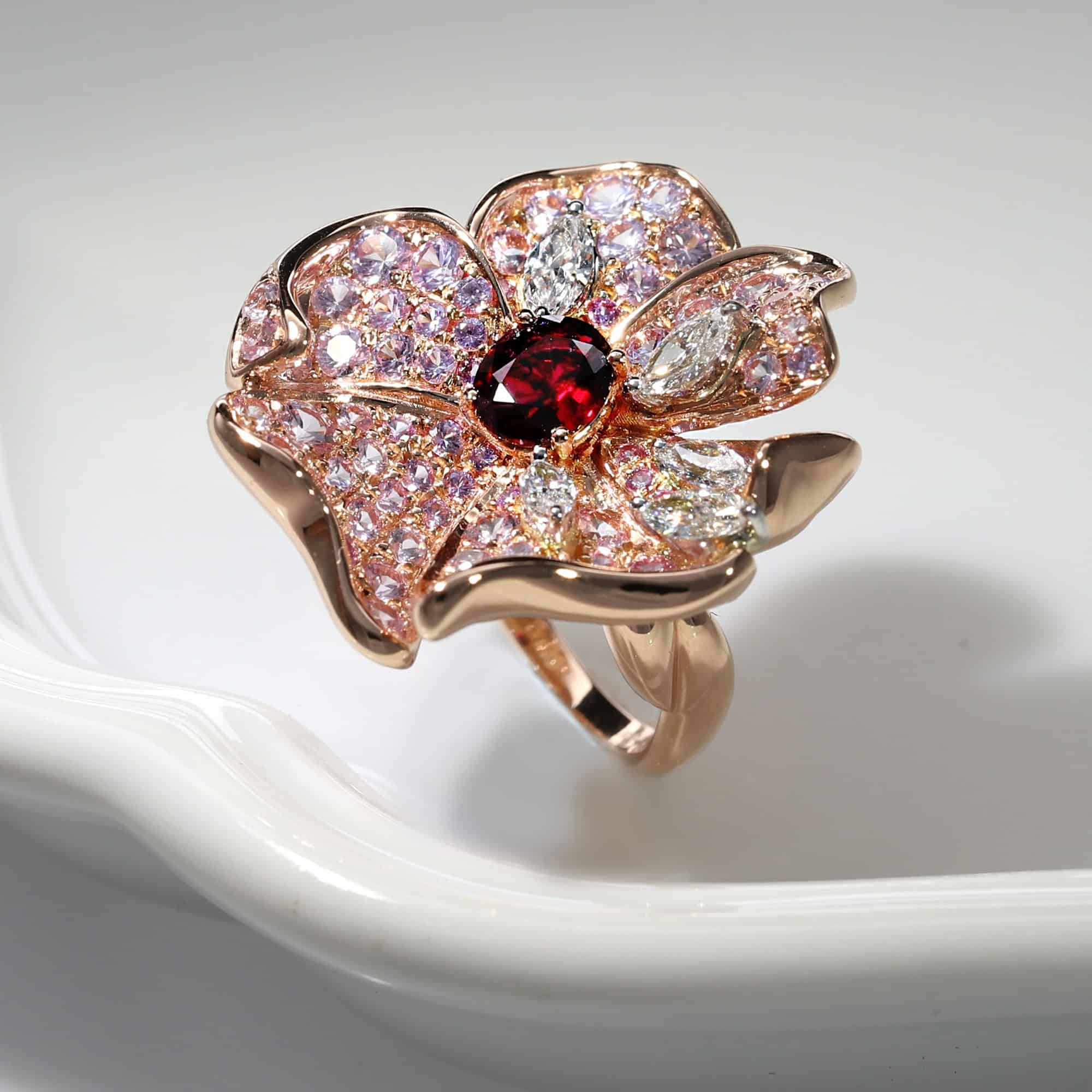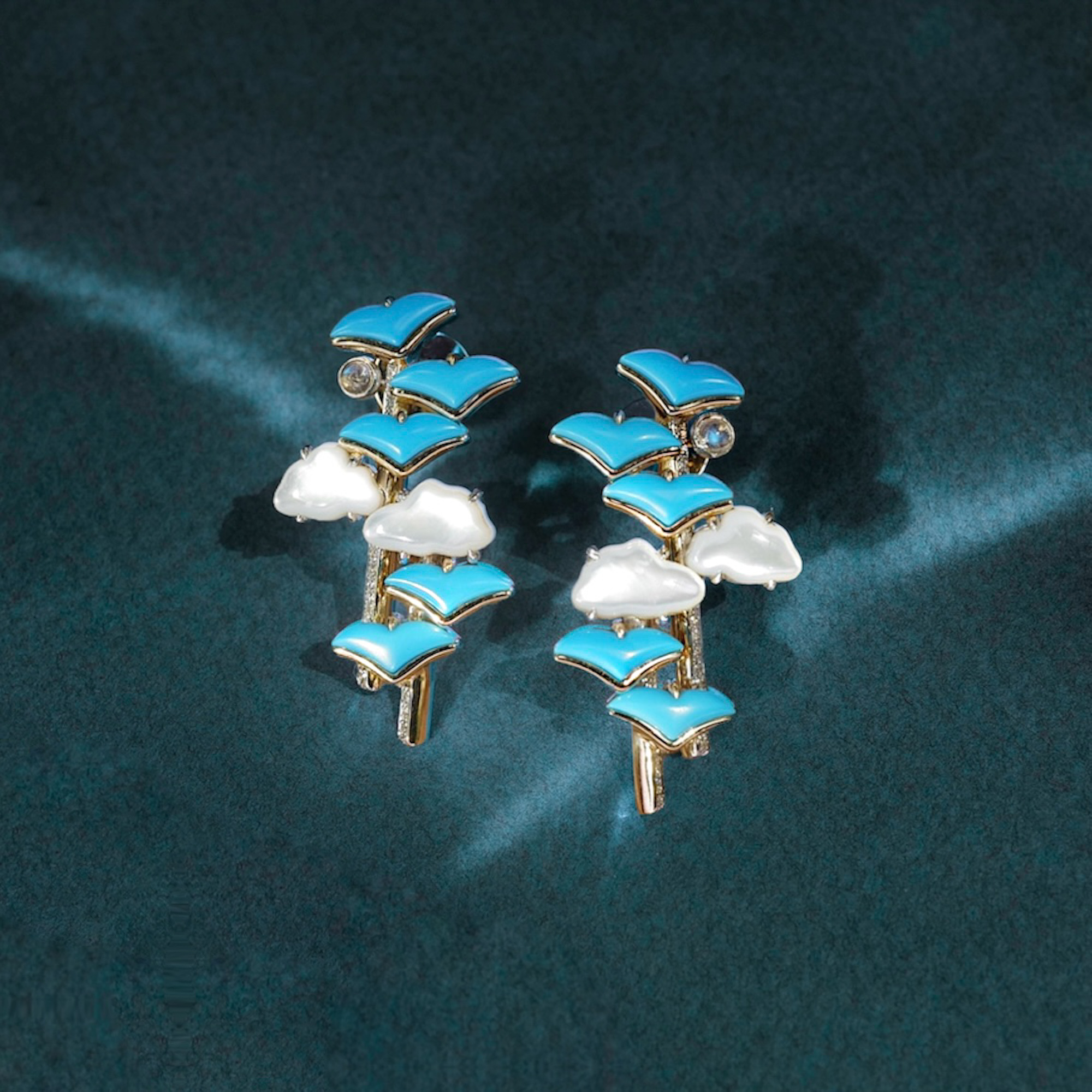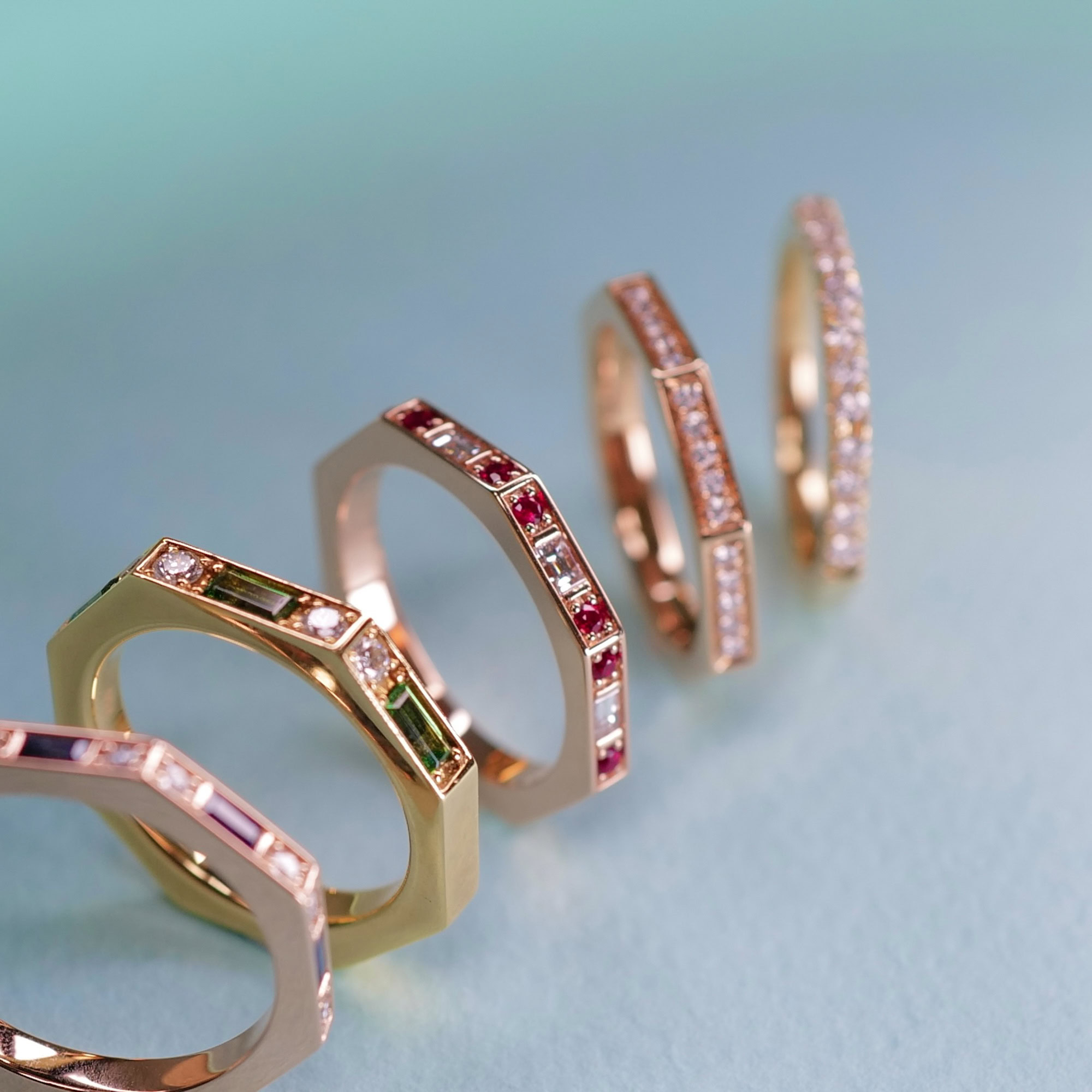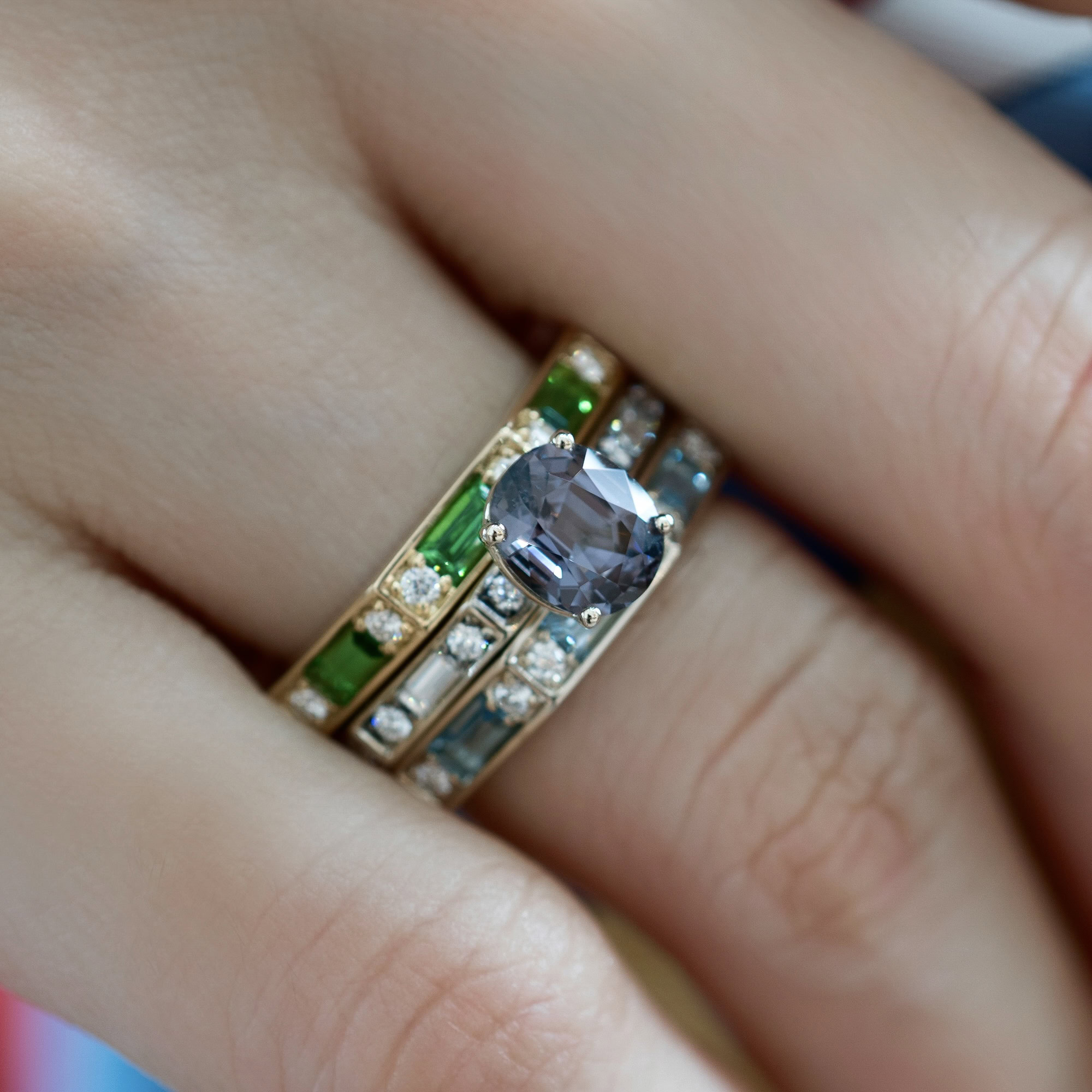Sometimes referred to as “the king of precious stones”, rubies have been highly admired and valued throughout history.
Exactly 96 intensely bright Burmese rubies embellish one of Queen Elizabeth II’s most famed pieces of jewellery: a splendid tiara. The gems themselves were a wedding present from Burma, and in accordance to their traditional beliefs, were gifted as an intent to protect her majesty from evil forces and illness.

To date, the most expensive coloured gemstone ever sold at auction in the United States of America is, you guessed it, a ruby. Known as the “Jubilee Ruby,” it fetched a price of US$14,165,000.
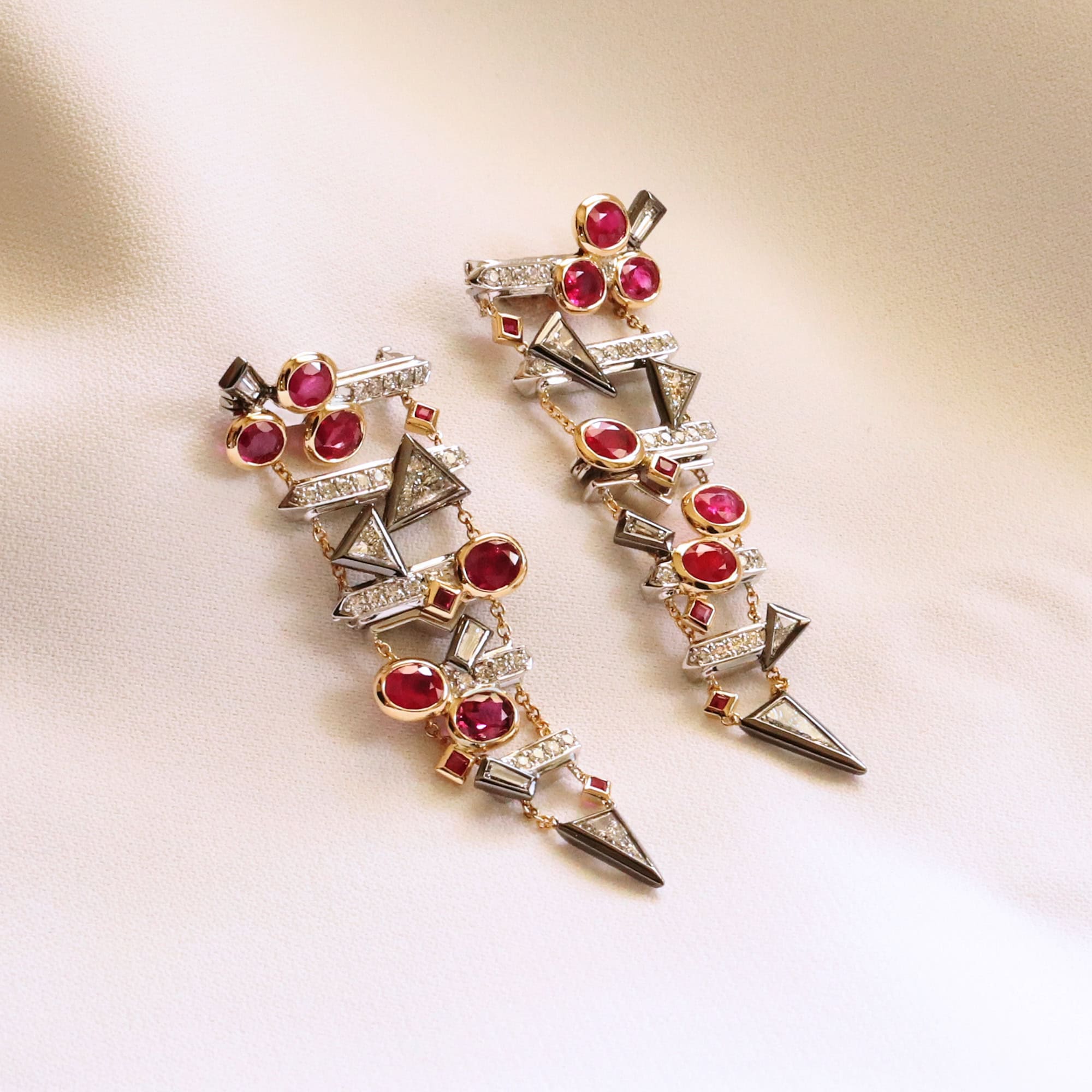
Rubies were traded along China’s Silk road as early as 200 BC. Legend has it that rubies were valued so highly that Emperor Kublai Khan offered an entire city in exchange for a large specimen.
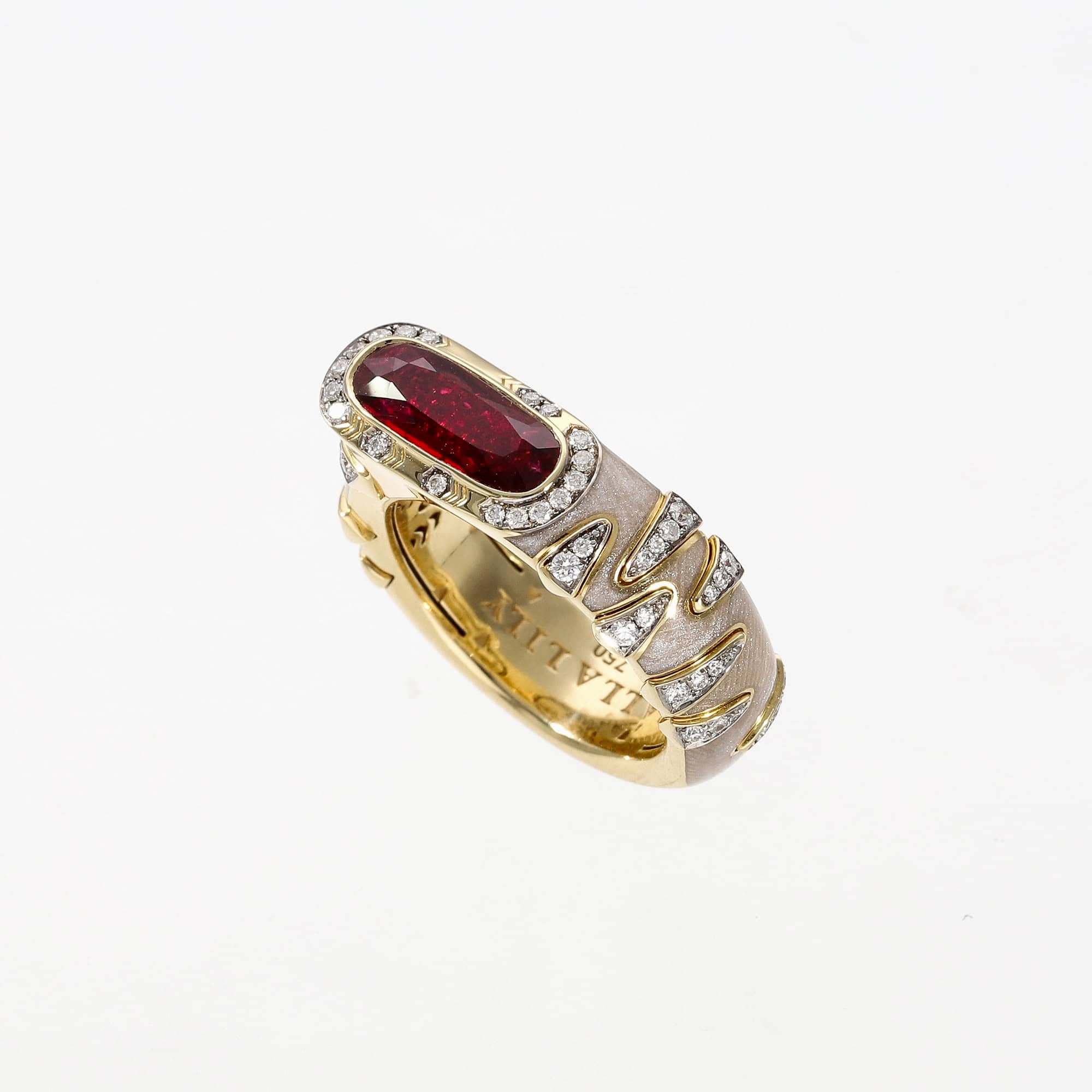
Keep reading to learn more rubies, their qualities and value.
What is a Ruby?
Derived from the same mineral as sapphires, one can say they are close relatives. They are formed under conditions of extreme heat and pressure underground. All across the globe, they are renowned for their intense blood colour and durability. Graded 9 on the Moh’s scale of hardness, they are suitable for being faceted in any cut.
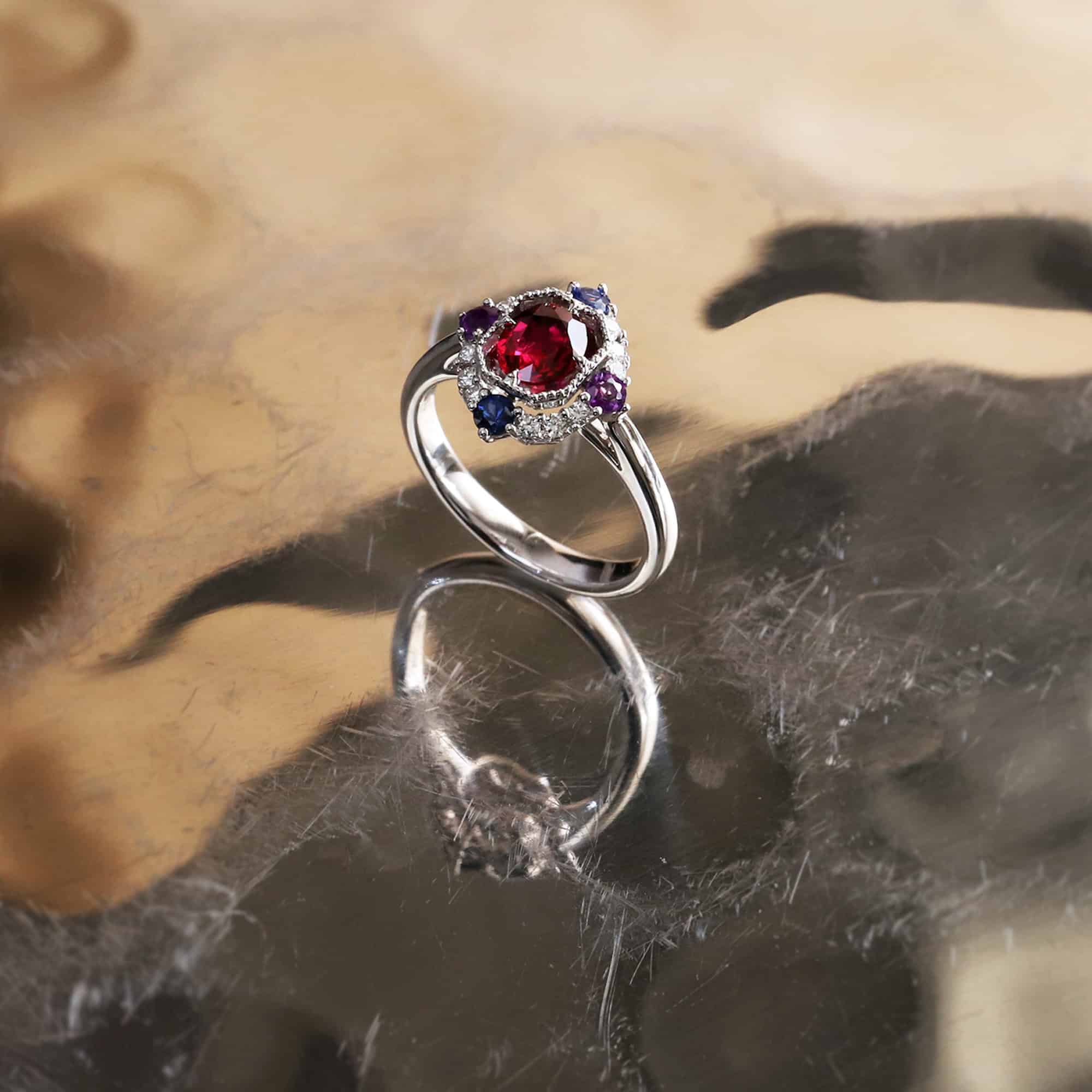
Ruby’s Colour
Iron, titanium, and chromium: this triad contained in their mineral constitution is what gives a ruby its characteristic deep red pigmentation.
If we are being technical, one can estimate their value by weighing three main components: hue, saturation and tone. Respectively connoting colour, brightness and shade.
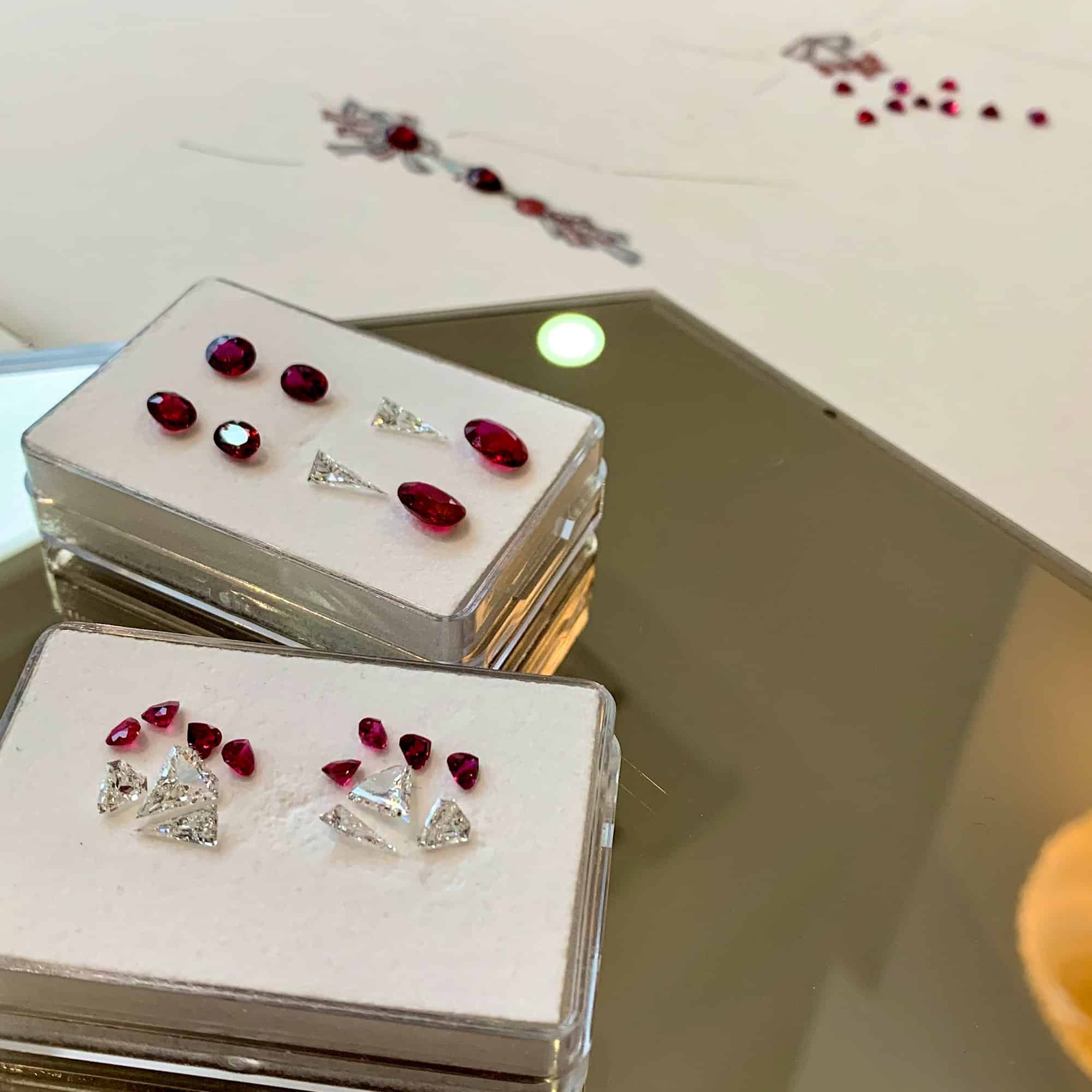
Just like their famed siblings, sapphires, they also have primary and secondary hues: primary being red and secondary colours of pinks, purples and oranges. Overall, the most desired colour being a rich red with hints of blue undertones.
To measure their clarity you must look for imperfections. The utmost premium gems will be as clear as possible.
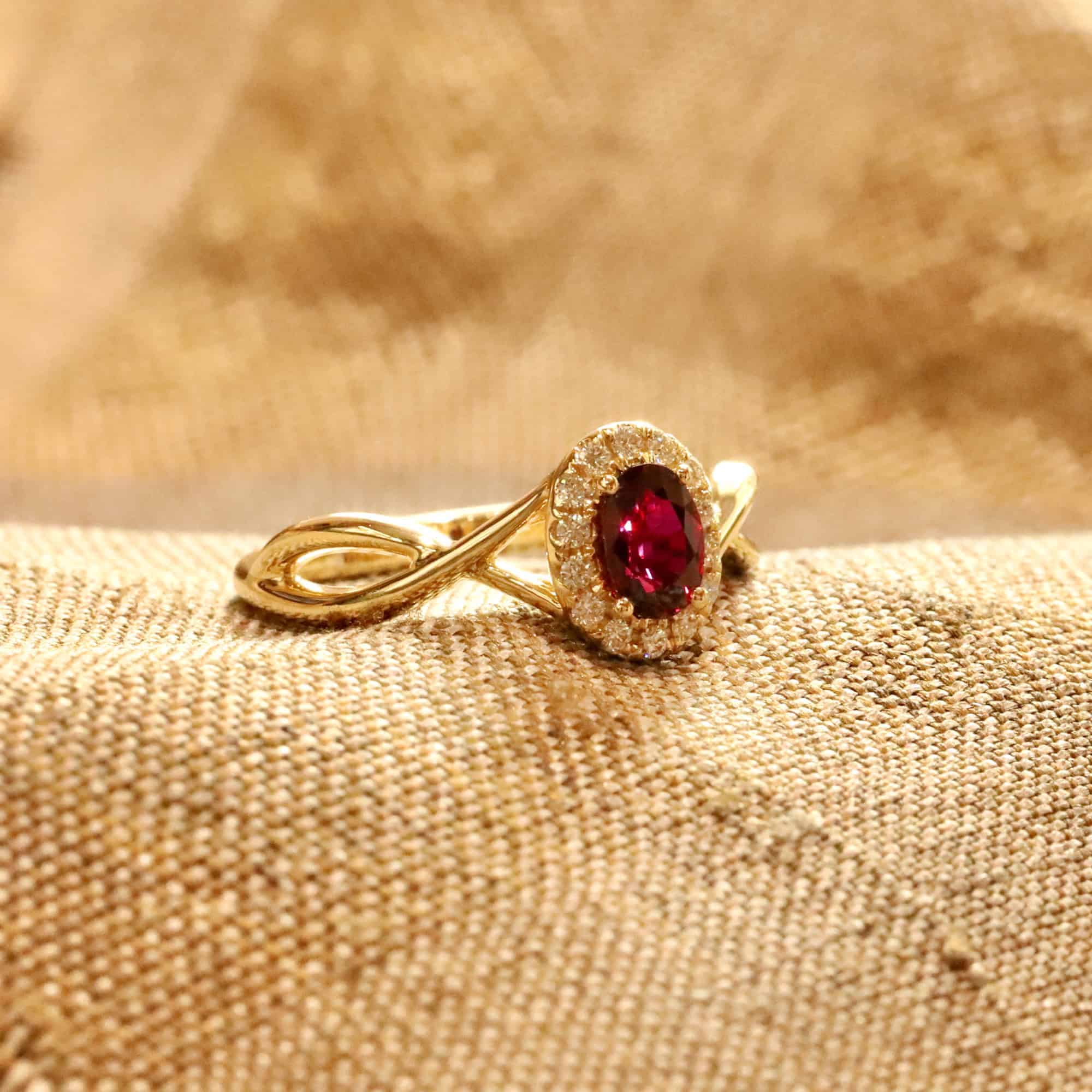
History and Sources
Rubies have been encountered in Burma, Thailand, Sri Lanka and parts of India and Africa. Though most recently, large deposits were discovered underneath the receding ice shelf of Greenland.
While they have been extensively cherished by many cultures for centuries, it was only in 1990, when Burma (now Myanmar) began mining, that heat treatment was introduced as a means to enhance their hue (a common practice among some coloured gemstones). Unsurprisingly, the naturally super-saturated exemplars are rarer and more valuable.
Traditionally, the rubies from Burma were considered the finest, especially the pigeon-blood red ones, but currently, most rubies originate from Sri Lanka.
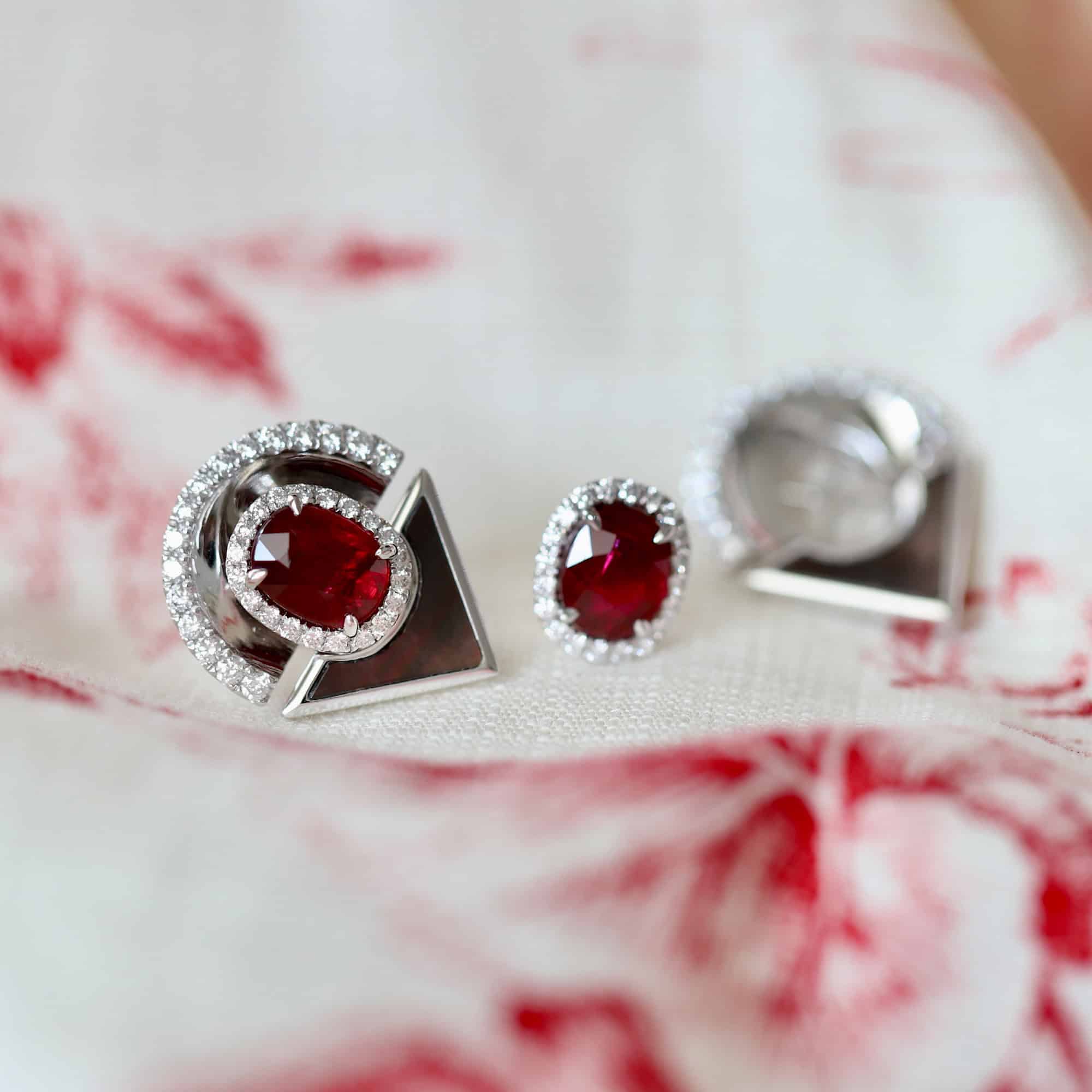
Meaning and Symbolism
Ruby’s rich and emblematic red hue has symbolised passion and power, and been associated with nobility over the course of history, being adorned on royal crowns for centuries. Many believe rubies to be mighty amplifiers of creative energy, and notoriously, they also signify great enthusiasm for life.
A fine ruby jewel is a treasure to be handed down for generations.

